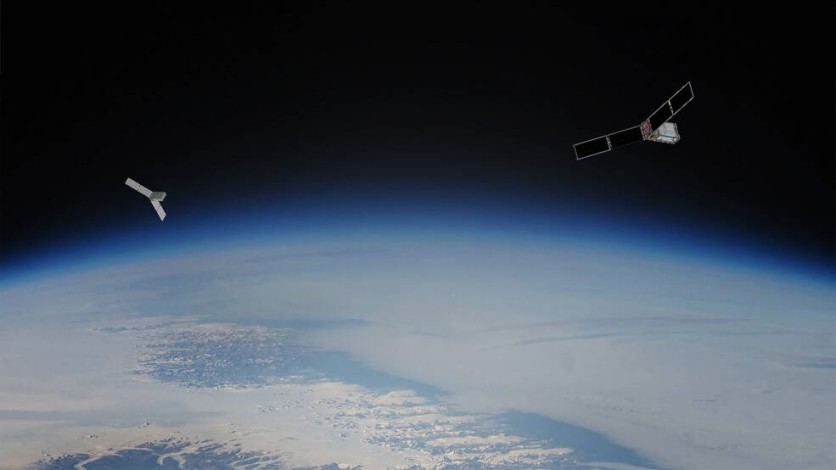NASA has chosen Rocket Lab of Long Beach, California, to provide the launch service for its PREFIRE (Polar Radiant Energy in the Far-InfraRed Experiment) mission.
This initiative, which seeks to provide a clearer understanding of Earth's energy dynamics, aims to give scientists a more precise picture of the energy inflow and outflow from our planet.

All About the PREFIRE Mission of NASA, Rocket Lab
The PREFIRE mission specifically aims to bridge knowledge gaps concerning the dissipation of Earth's heat into space, primarily from regions like the Arctic and Antarctica.
By meticulously analyzing PREFIRE's data, researchers intend to refine climate and ice models, offering improved forecasts of the implications of a warming globe. These projections encompass factors such as sea ice reduction, ice sheet melting, and rising sea levels.
The enhanced climate models could also contribute to more accurate storm intensity, frequency, coastal erosion, and flooding predictions. At its core, the mission comprises two 6U CubeSats with a baseline mission duration of 10 months.
This collaborative effort results from joint development between NASA and the University of Wisconsin-Madison. Management of the mission, overseen by NASA's Jet Propulsion Laboratory in Southern California, includes the provision of necessary instruments.
Blue Canyon Technologies is tasked with the construction of the CubeSats, while the University of Wisconsin-Madison will process data collected by the instruments.
The scientific team comprises professionals from the Jet Propulsion Laboratory and academic institutions like the Universities of Wisconsin, Michigan, and Colorado.
The PREFIRE mission will be led by Tristan L'Ecuyer from the University of Wisconsin-Madison as the Principal Investigator, with Brian Drouin from JPL/CalTech as the Project Scientist.
Read Also : NASA, NOAA Reveal July 2023 as Hottest Month Ever Recorded on Earth in the Past 174 Years
PREFIRE'S Hypotheses
The mission's hypotheses involve the presence of fluctuating inaccuracies in far-infrared emissivities and atmospheric greenhouse effects (GHE), which introduce deviations in energy exchange estimates between Earth's surface and the Arctic atmosphere.
These inaccuracies significantly influence the anticipated rates of Arctic warming, sea ice reduction, ice sheet melting, and sea level elevation. PREFIRE's goal is to record the variations in spectral fluxes spanning 5-45 μm over different time intervals, from hourly to seasonal scales.
The mission will deploy two 6U CubeSats in orbits with 470-650 km altitudes and near-polar inclinations (82°-98°). Each CubeSat will be equipped with a miniaturized IR spectrometer, covering a spectral range of 0-45 μm with a resolution of 0.84 μm. Operating for a full seasonal cycle, these CubeSats are expected to provide invaluable data on Earth's energy dynamics.
The Arctic region serves as Earth's climatic thermostat, regulating global climate by dispersing excess energy received in the tropics. Significantly, around 60% of Arctic emissions occur at wavelengths greater than 15 μm (FIR), which has not been systematically measured until now.
PREFIRE's unique contribution lies in its ability to anchor Arctic climate predictions by capturing spectral FIR emission patterns and atmospheric greenhouse effects.
Related Article : NASA's Hubble Space Telescope Captures a Lenticular Galaxy Bathing in Pale Ghostly Light

ⓒ 2025 TECHTIMES.com All rights reserved. Do not reproduce without permission.




